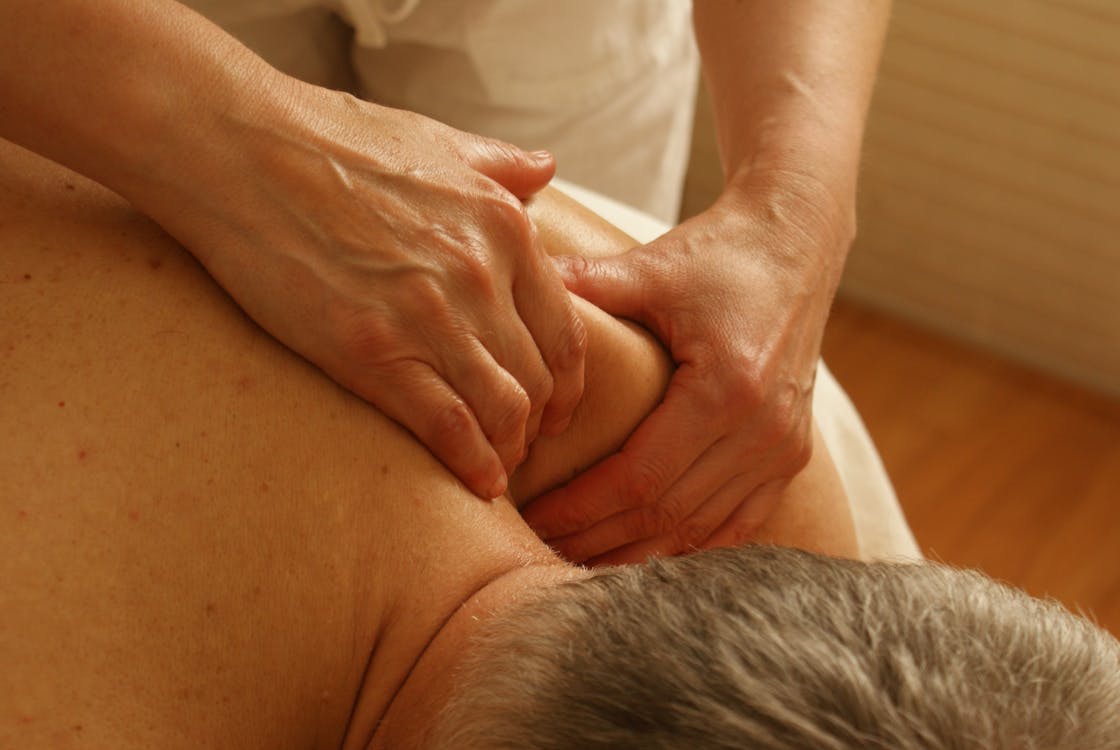10 Ways To Improve Poor Blood Circulation
1. Stay active to improve poor blood circulation
Regular physical activity is crucial for improving poor blood circulation. Engaging in exercises such as walking, jogging, swimming, and cycling helps stimulate blood flow throughout the body. Exercise strengthens the heart and blood vessels, making them more efficient at transporting blood. Aim for at least 30 minutes of moderate exercise most days of the week to enhance circulation and overall cardiovascular health.
Healthy foods can also play a vital role in maintaining a healthy weight during the cold winter months. Choosing nutrient-dense foods like fruits, vegetables, whole grains, and lean proteins can provide essential vitamins and minerals while keeping calorie intake in check. These foods help support metabolism and provide sustained energy, which is especially important when physical activity may be limited due to colder weather. Incorporating warming soups, stews, and teas can also contribute to a balanced diet and help manage cravings for less healthy options.
Read Also:
Healthy Foods For Keeping Healthy Weight In Winters Cold
2. Elevate your legs to improve blood flow
Elevating your legs is an effective way to improve blood flow, especially if you experience swelling or discomfort in your lower extremities. When you elevate your legs above heart level, gravity helps blood return more easily to the heart. This practice can reduce pressure in the veins and improve circulation. Try to elevate your legs for 15-20 minutes several times a day, particularly after long periods of standing or sitting.
When elevating your legs to improve blood flow, it’s beneficial to ensure proper positioning. Lie down and place pillows or cushions under your legs to elevate them comfortably above heart level. This position maximizes the effect of gravity, aiding in the return of blood to the heart and reducing swelling or discomfort. Taking breaks throughout the day to elevate your legs can also relieve pressure on veins and promote overall circulation. Combine leg elevation with gentle ankle movements to further encourage blood flow and prevent stiffness.
3. Use compression garments to improve blood circulation
Compression garments, such as stockings or socks, can significantly improve blood circulation by providing gentle pressure to the legs. This pressure helps the veins and muscles move blood more efficiently back to the heart. Compression garments are especially useful for people with varicose veins, deep vein thrombosis, or those who stand or sit for long periods. Wearing these garments as prescribed can help prevent blood pooling and improve overall circulation.

4. Eat a balanced diet to get a better blood circulation
A balanced diet rich in fruits, vegetables, whole grains, lean proteins, and healthy fats supports good blood circulation. Nutrient-dense foods provide the vitamins and minerals necessary for maintaining healthy blood vessels and reducing inflammation. Foods high in antioxidants, such as berries and leafy greens, help protect blood vessels from damage. Incorporating omega-3 fatty acids from sources like fatty fish and flaxseeds can also promote better circulation.
Read Also:
5. Stay hydrated to keep your blood flowing smoothly
Staying hydrated is essential for keeping your blood flowing smoothly. When you are dehydrated, your blood can become thicker and more difficult to circulate. Drinking enough water ensures that your blood maintains the right consistency, making it easier for your heart to pump it throughout your body. Aim to drink at least eight 8-ounce glasses of water a day, and increase your intake if you are active or in a hot climate.
Drinking water isn’t the only way to stay hydrated and support smooth blood flow; consuming hydrating foods like fruits and vegetables can also contribute. Foods with high water content, such as cucumbers, watermelon, oranges, and tomatoes, help maintain hydration levels and provide essential vitamins and minerals. These foods also contribute to overall health by supporting digestion and immune function. Including hydrating foods in your diet complements water intake and promotes optimal blood circulation, ensuring your body functions efficiently throughout the day.
6. Quit smoking to improve poor blood circulation
Smoking is a major contributor to poor blood circulation. The chemicals in cigarettes damage the blood vessels, reduce oxygen levels in the blood, and increase the risk of blood clots. Quitting smoking improves blood vessel health and enhances overall circulation. Seek support from healthcare providers, cessation programs, and support groups to successfully quit smoking and improve your circulatory health.
Quitting smoking not only improves blood circulation but also benefits overall cardiovascular health. Within hours of quitting, blood pressure and heart rate begin to decrease, reducing the strain on blood vessels. Over time, lung function improves, allowing for better oxygen delivery to tissues and organs. As circulation improves, former smokers often experience increased energy levels and better endurance during physical activities. Quitting smoking is a significant step towards reducing the risk of heart disease, stroke, and other serious health conditions associated with poor circulation and tobacco use.
7. Manage stress to get better blood circulation
Chronic stress can negatively impact blood circulation by increasing blood pressure and causing blood vessels to constrict. Managing stress through relaxation techniques such as deep breathing, meditation, yoga, or spending time in nature can help improve blood flow. Regularly engaging in activities that reduce stress can enhance overall cardiovascular health and promote better circulation.
Managing stress is crucial for promoting better blood circulation and overall well-being. Stress reduction techniques such as mindfulness meditation, progressive muscle relaxation, and tai chi can help lower blood pressure and promote vasodilation (widening of blood vessels). Engaging in regular physical activity, spending time with loved ones, and prioritizing hobbies and interests can also help manage stress levels effectively. By incorporating stress management techniques into daily routines, individuals can support healthy blood flow, improve cardiovascular health, and enhance overall quality of life.
8. Massage therapy improves circulation
Massage therapy can significantly improve circulation by stimulating blood flow to the muscles and tissues. The pressure applied during a massage helps move blood through congested areas, reducing muscle tension and promoting relaxation. Regular massage sessions can enhance circulation, reduce swelling, and alleviate discomfort associated with poor blood flow. Consult with a licensed massage therapist to find a treatment plan that works for you.

Read Also:
Quick and Healthy Breakfast Ideas for a Busy Morning
9. Warm up to maintain good blood flow
Warming up before exercise or physical activity is important for maintaining good blood flow. A proper warm-up increases your heart rate and blood flow to the muscles, preparing your body for more intense activity. Simple activities such as light jogging, stretching, or dynamic movements can help get your blood circulating and reduce the risk of injury. Always include a warm-up in your exercise routine to support healthy circulation.
In addition to warming up before physical activity, it’s important to cool down afterward to support continued good blood flow. Cooling down gradually lowers your heart rate and helps prevent blood pooling in the lower extremities. Incorporate gentle stretches and slow movements to relax the muscles and promote venous return, allowing blood to flow smoothly back to the heart. Cooling down properly after exercise can reduce muscle soreness and stiffness while supporting overall circulation, contributing to better recovery and long-term cardiovascular health.
10. Maintain a healthy weight to improve blood circulation
Maintaining a healthy weight is vital for improving blood circulation. Excess body weight puts additional strain on the heart and blood vessels, making it harder for blood to circulate efficiently. Adopting a balanced diet and regular exercise routine can help you achieve and maintain a healthy weight. Reducing excess weight alleviates pressure on the circulatory system, leading to better blood flow and overall cardiovascular health.
Maintaining a healthy weight not only improves blood circulation but also reduces the risk of developing cardiovascular diseases. Adopting a balanced diet rich in fruits, vegetables, lean proteins, and whole grains supports weight management and overall health. Incorporating regular physical activity into your routine helps burn calories, build muscle, and improve cardiovascular fitness. Aim for a combination of aerobic exercises like walking or swimming and strength training to maintain a healthy weight and support optimal blood circulation. Making sustainable lifestyle changes promotes lasting improvements in circulation and contributes to a healthier, more active lifestyle.




